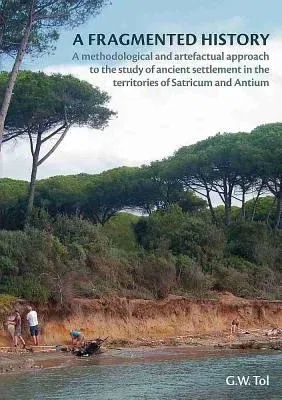G Tol
(Author)A Fragmented History: A Methodological and Artefactual Approach to the Study of Ancient Settlement in the Territories of Satricum and AntiumPaperback, 3 July 2012

Qty
1
Turbo
Ships in 2 - 3 days
In Stock
Free Delivery
Cash on Delivery
15 Days
Free Returns
Secure Checkout

Part of Series
Groningen Archaeological Studies
Print Length
405 pages
Language
English
Publisher
Barkhuis
Date Published
3 Jul 2012
ISBN-10
949143103X
ISBN-13
9789491431036
Description
Product Details
Author:
Book Format:
Paperback
Country of Origin:
NL
Date Published:
3 July 2012
Dimensions:
29.46 x
20.83 x
2.54 cm
ISBN-10:
949143103X
ISBN-13:
9789491431036
Language:
English
Pages:
405
Publisher:
Weight:
1769.01 gm